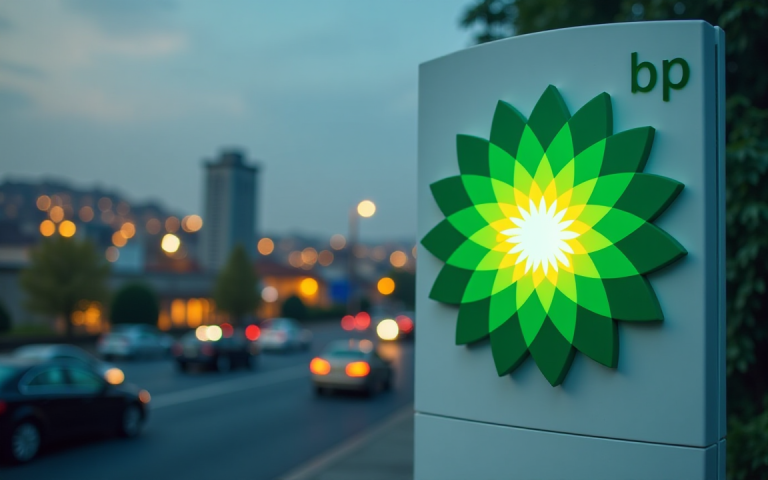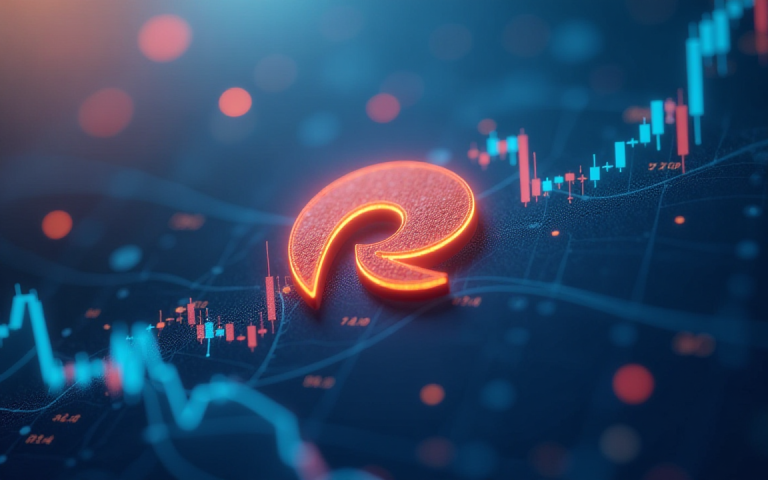Teladoc Health stock price continues to crash and is hovering at its lowest level on record ahead of its first-quarter earnings. It was trading at $7.16 on Monday, meaning that it has crashed by 21% this year and 46% in the last 12 months. This article explores why the TDOC share price has imploded and what to expect in the coming weeks.
Why Teladoc Health stock price crashed
Teladoc Health is an American company at the intersection of health and technology. It is the biggest player in the telehealth industry, helping customers communicate and receive advice from doctors from across the country.
The company’s business boomed during the COVID-19 pandemic as many patients embraced telehealth. This growth pushed its stock to a record high and its market capitalization to over $46 billion.
Teladoc leveraged this growth to expand its business through strategic acquisitions. It paid over $18.5 billion to acquire Livongo Health, a similar company that focuses on the diabetes sector. This acquisition did not work ou, and the company took a large charge on it. It made a $13.4 billion goodwill impairment, a sign that Livongo’s valuation was not as expected.
Teladoc Health’s performance is in line with other top companies that boomed during the pandemic and then lost momentum when it ended. Other notable companies include PayPal, Zoom Video, Etsy, and Wayfair.
Read more: Teladoc (TDOC) stock price analysis and the fall from grace
After seeing strong growth at the time, Teladoc’s business has stalled. Its revenue doubled from $1 billion in 2020 to $2.03 billion in 2021. It then peaked at $2.6 billion in 2023 and recoiled to $2.56 billion last year.
Analysts are not optimistic about Teladoc as demand for telehealth services wanes. Their average revenue estimates for 2025 and 2026 are $2.52 billion and $2.51 billion. The company’s guided range for its revenue is between $2.468 billion and $2.57 billion.
TDOC earnings ahead
The most recent financial results showed that its business deteriorated in the fourth quarter. Its revenue dropped by 3% to $640 million, while the adjusted EBITDA plunged to $74.8 million from $114.4 million in the same quarter a year earlier.
Most of the weakness came from the BetterHelp segment, whose revenue dropped to $250 million from $276 million a year earlier. The integrated care segment’s revenue rose slightly to $391 million.
Analysts are pessimistic about Teladoc’s business, with the average revenue estimate at $619 million, a 4.16% decrease from the same period last year. They expect that its net loss per share will improve from 43 cents to 36 cents.
The only positive on Teladoc is that its balance sheet is still strong as the company ended the quarter with over $1.2 billion in cash and short-term investments. This cash balance matches with its current market cap.
Teladoc stock technical analysis and potential scenarios
The daily chart shows that the TDOC share price has crashed in the past few months. It peaked at $15.20 in March and then retreated to a low of $6.5 as recession odds rose in the United States.
The stock has formed a giant double-bottom pattern at $6.77 since this price was also the lowest level in August last year. Its neckline is at $15.19, up by 124% from the current level.
The Teladoc share price remains below all moving averages. Therefore, while TDOC is risky, there is a likelihood that it will bounce back and possibly retest the important resistance level at $8.77, up by 23% from the current level. The other scenario is where its results are so bad such that the stock crashes and retests the year-to-date low of
Read more: Teladoc Health stock: extremely oversold, rebound likely
The post Teladoc stock forms a giant double bottom: will it rise after earnings? appeared first on Invezz










